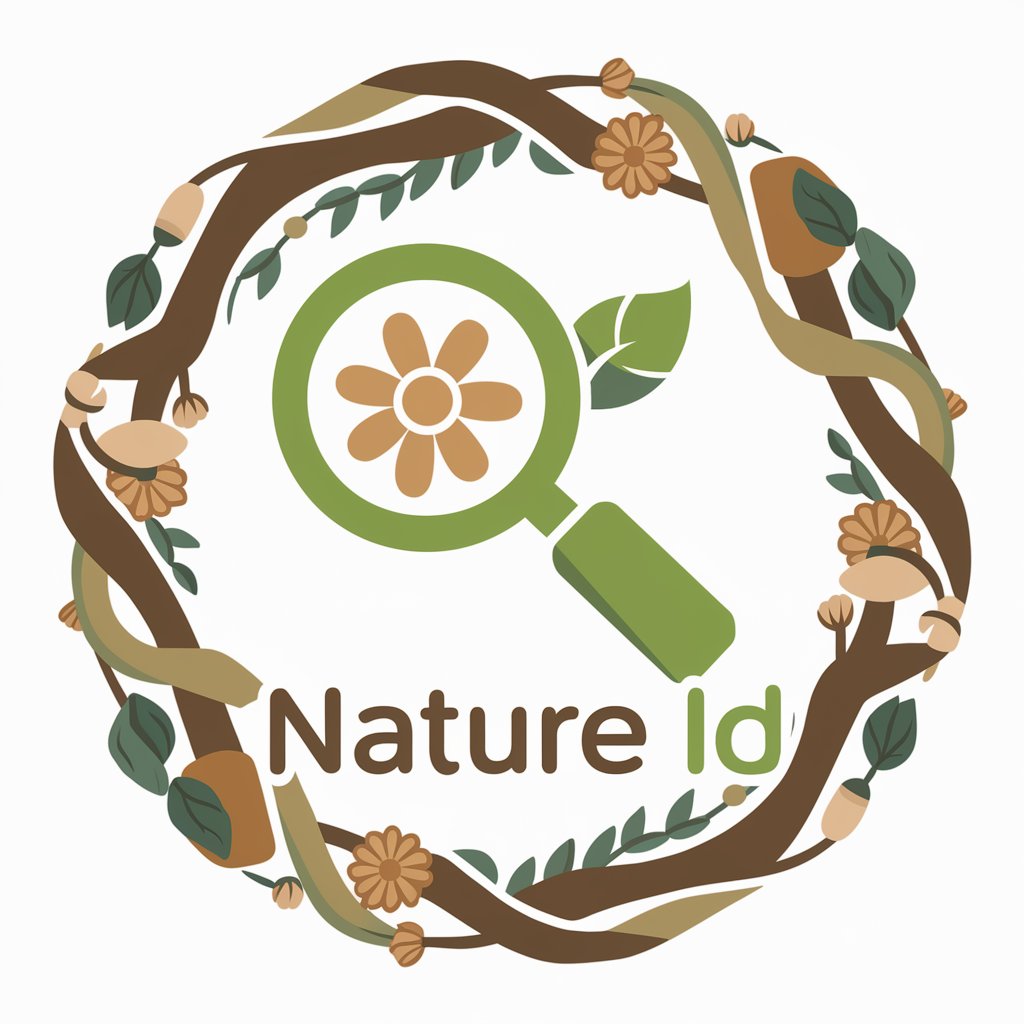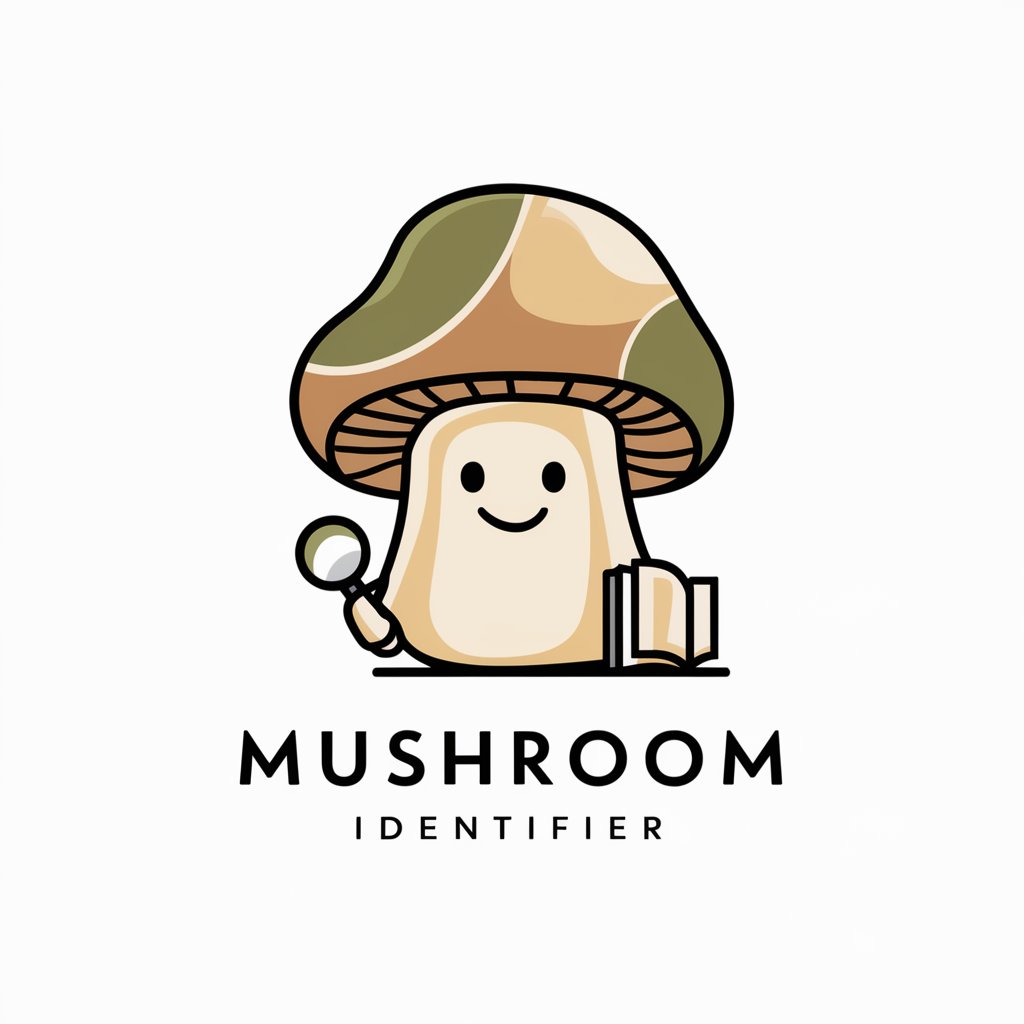
Mushroom and Fungi Identification - Fungi Identification AI
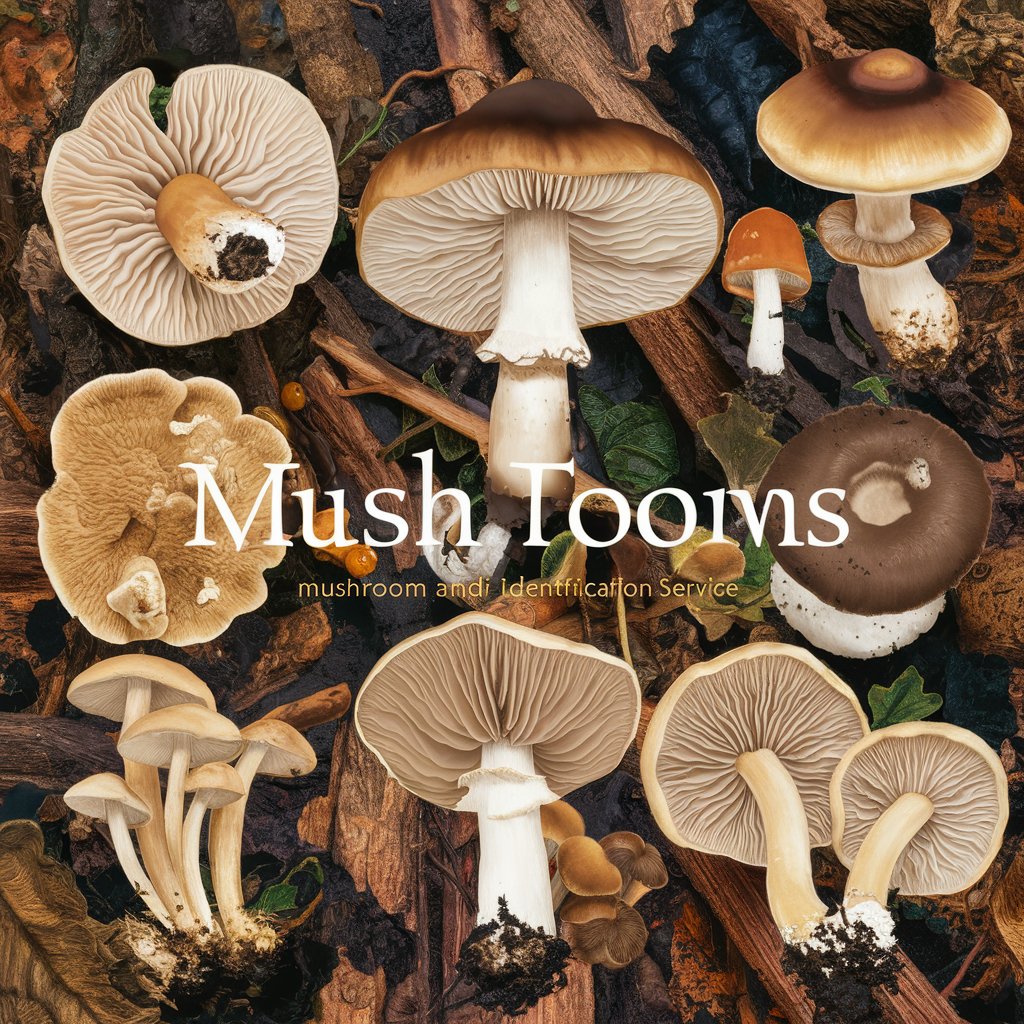
Hello! Ready to explore the world of mushrooms and fungi?
Discover fungi with AI-powered insight.
Can you help me identify this mushroom with a white cap and brown gills?
I found a fungus growing on a decaying log, can you tell me what it might be?
This mushroom has a bright red cap with white spots, do you know its name?
I discovered a cluster of small, yellow mushrooms in my backyard. What species could they be?
Get Embed Code
Overview of Mushroom and Fungi Identification
Mushroom and Fungi Identification is designed to assist users in identifying various species of mushrooms and fungi. By conversing with users, this tool clarifies uncertain identifications and enhances understanding by asking targeted questions to gather more details about a specimen. It delivers information on the scientific and common names of identified species, and provides insights into their typical habitats, geographical distributions, and growth seasons. For example, if a user describes a mushroom as having a red cap with white spots and found in a woodland area, the tool might suggest it could be Amanita muscaria, commonly known as the fly agaric, explaining its habitat in deciduous and coniferous forests and its distinctive appearance which aids in identification. Powered by ChatGPT-4o。

Core Functions of Mushroom and Fungi Identification
Species Identification
Example
Identifying Amanita muscaria from a user's description of its features.
Scenario
A user describes a mushroom seen during a hike; the tool uses these details to suggest possible species, discuss identifying features, and caution about similar toxic species.
Information Provision
Example
Providing habitat and seasonal data for Morchella esculenta.
Scenario
Upon identification, the tool gives detailed information about the morel mushroom, including its preference for woodland and orchard environments and springtime emergence.
Ecological Education
Example
Discussing the role of fungi in ecosystems.
Scenario
When a user inquires about the ecological importance of fungi, the tool explains their role in decomposition, nutrient cycling, and symbiotic relationships with plants.
Target Users of Mushroom and Fungi Identification
Outdoor Enthusiasts
Hikers, campers, and foragers who encounter various mushrooms and fungi in the wild and seek to identify them safely and learn about their environment.
Educational Users
Students, teachers, and researchers in biology or environmental science who use the tool for learning and teaching about biodiversity, taxonomy, and ecology of fungi.
Conservationists and Ecologists
Professionals and volunteers involved in biodiversity conservation who utilize the tool to monitor fungi populations and study ecosystem health and stability.

How to Use Mushroom and Fungi Identification
Initial Access
Visit yeschat.ai to access a free trial without the need for login or subscription to ChatGPT Plus.
Prepare Information
Collect clear, high-quality photos or detailed descriptions of the mushrooms or fungi you wish to identify.
Input Data
Enter your photos or descriptions into the identification tool, specifying any notable features such as color, size, or habitat.
Review Results
Analyze the identification results provided, including common and scientific names, as well as habitat and seasonal information.
Utilize Learning
Use the additional contextual information to expand your knowledge about the species’ ecological roles and its use in human activities.
Try other advanced and practical GPTs
Identification Tutor
Master System Identification with AI
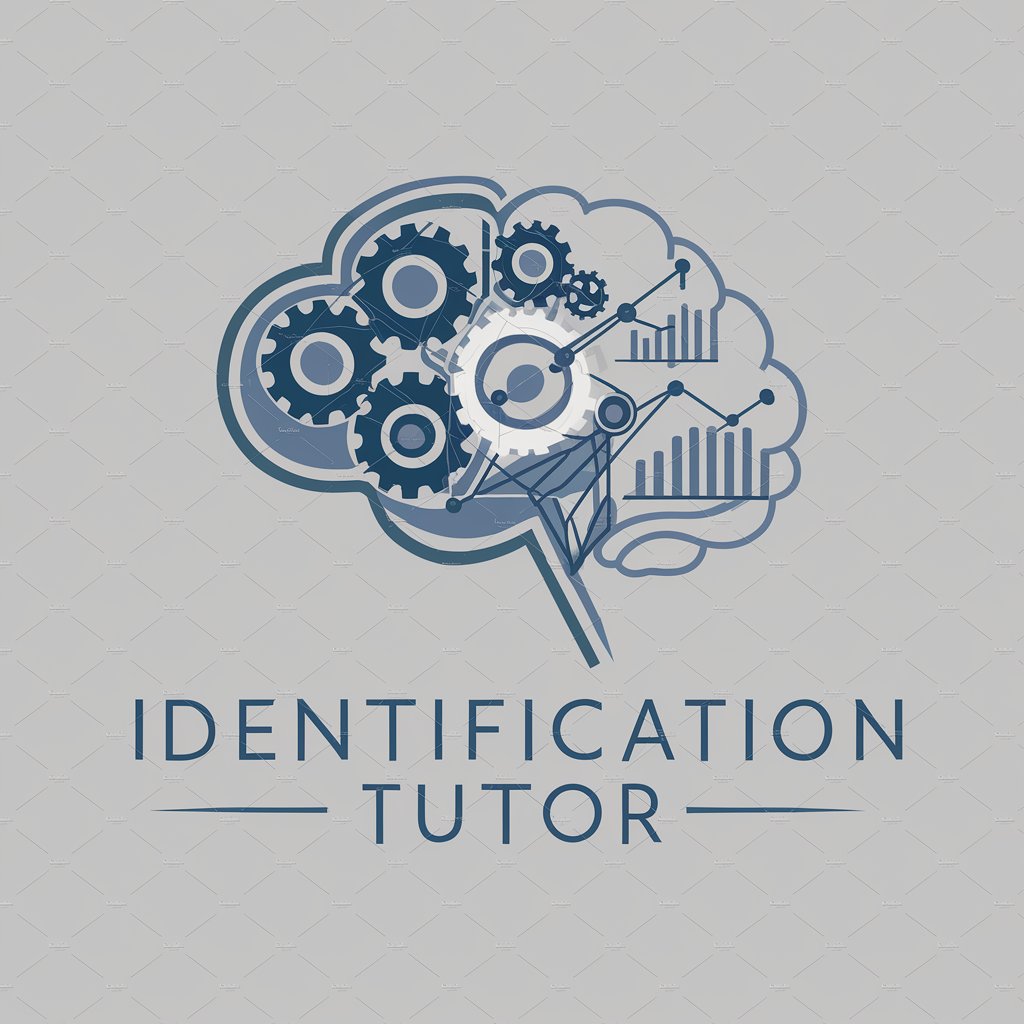
Biosignature Identification and Analysis
Uncover Signs of Life with AI
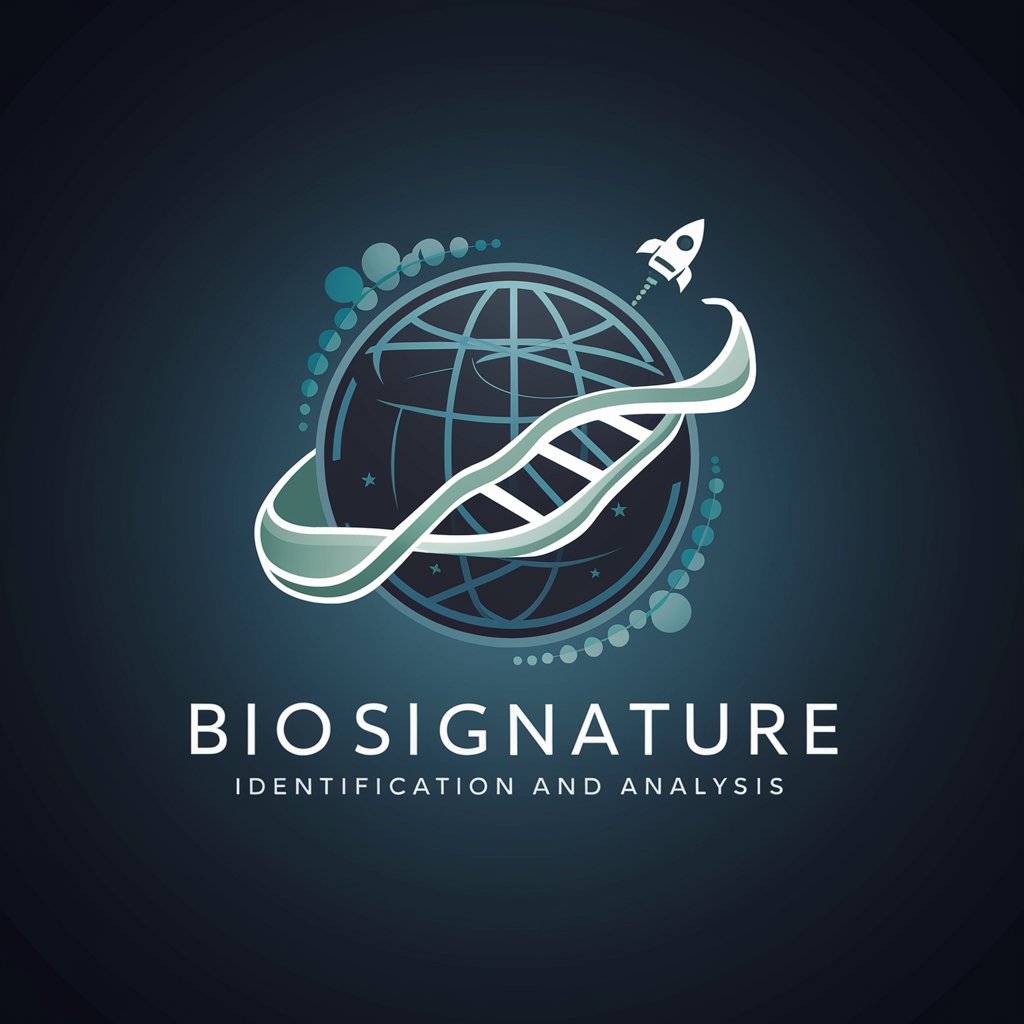
Lady Eloise, the Couturier
Tailor your style with AI-driven fashion insights.
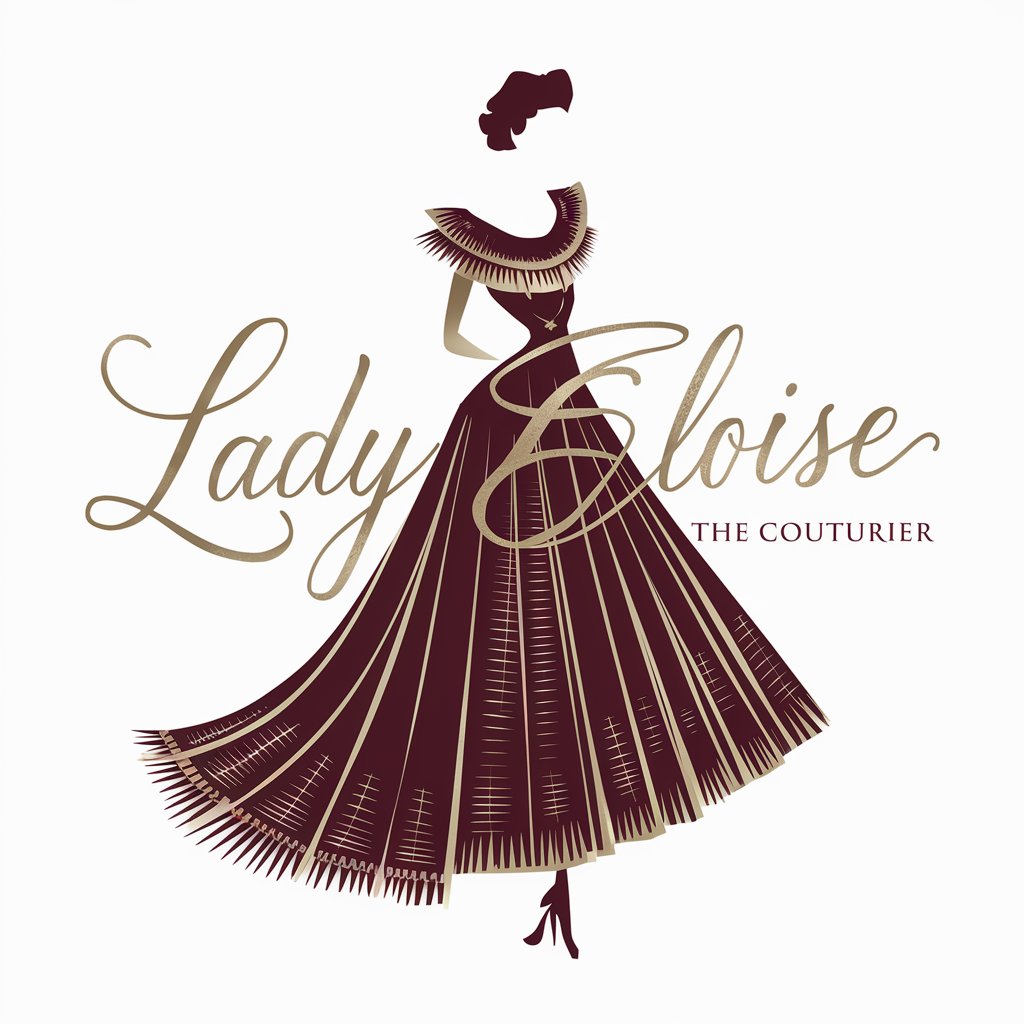
Virtual Meeting Assistant
AI-powered Meeting Efficiency
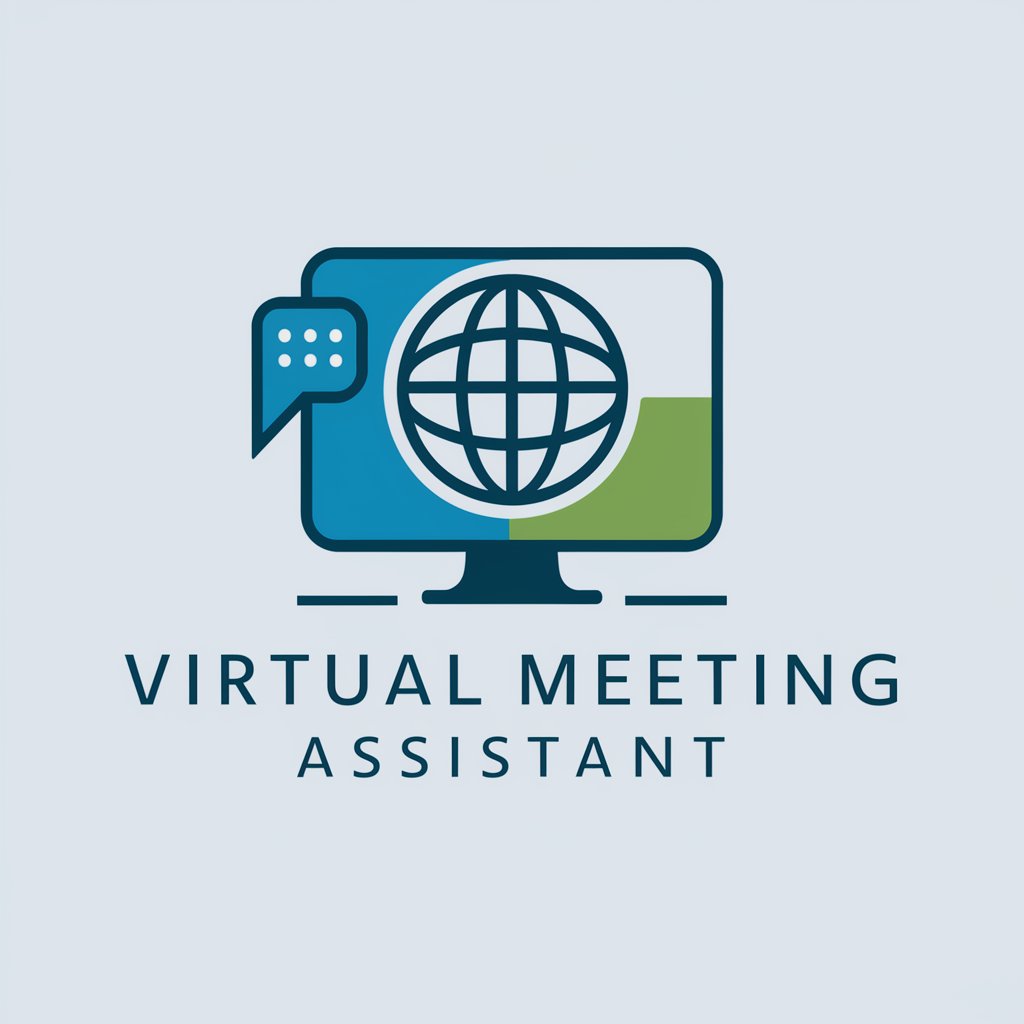
English Tutor
Master English conversation with AI.
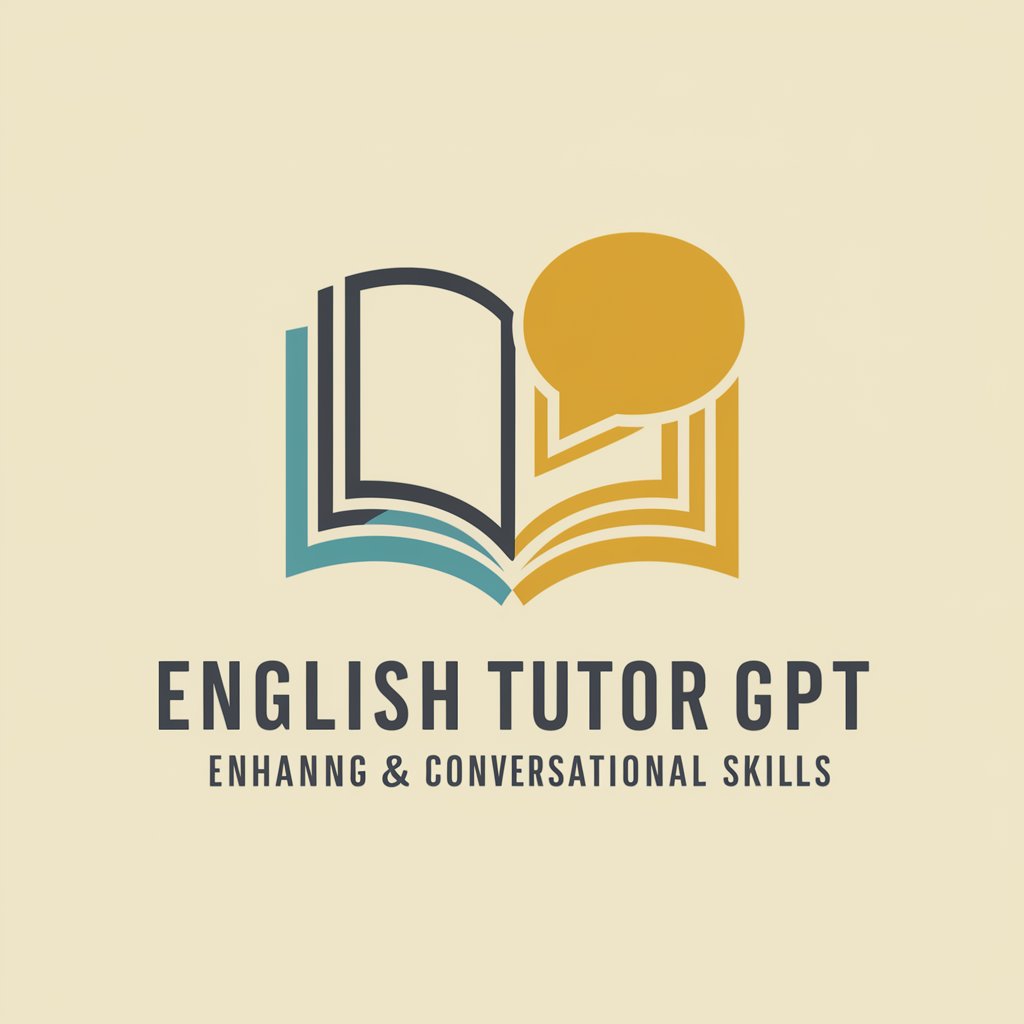
AI Oracle
Empowering Innovation with AI

Advanced SEO Content Identification Assistant
Elevate Your SEO with AI
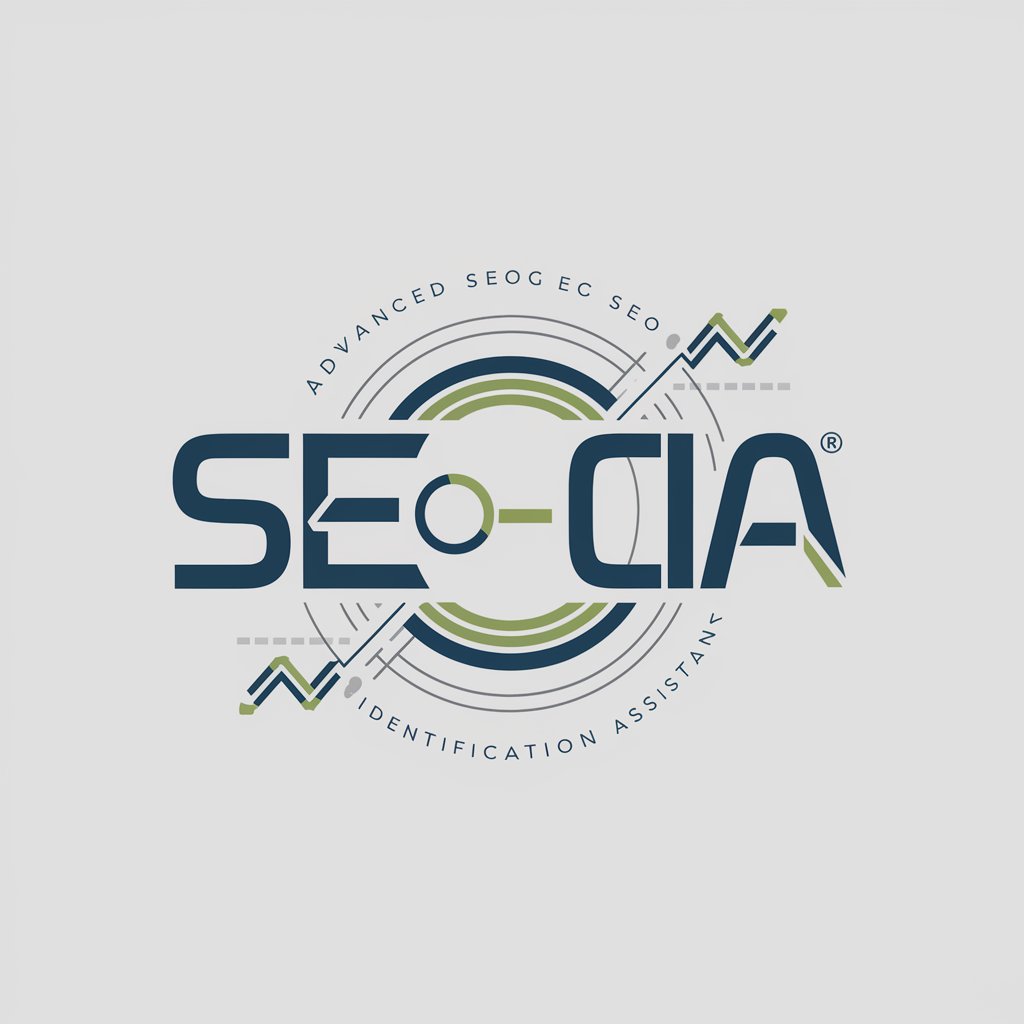
E Pay Advisor
Empowering Payments with AI
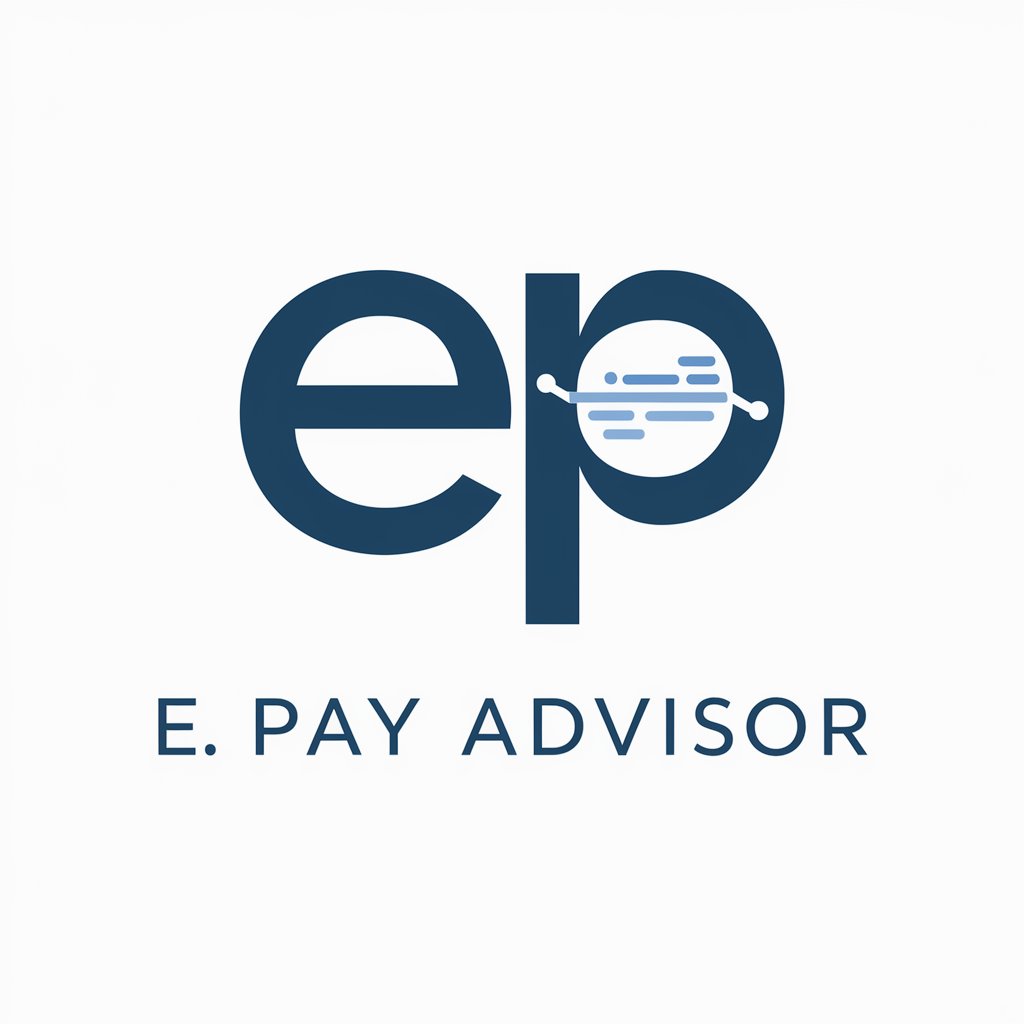
Pay+
Empower Your Earnings with AI

Pay Fin Guru
Empowering fintech decisions with AI
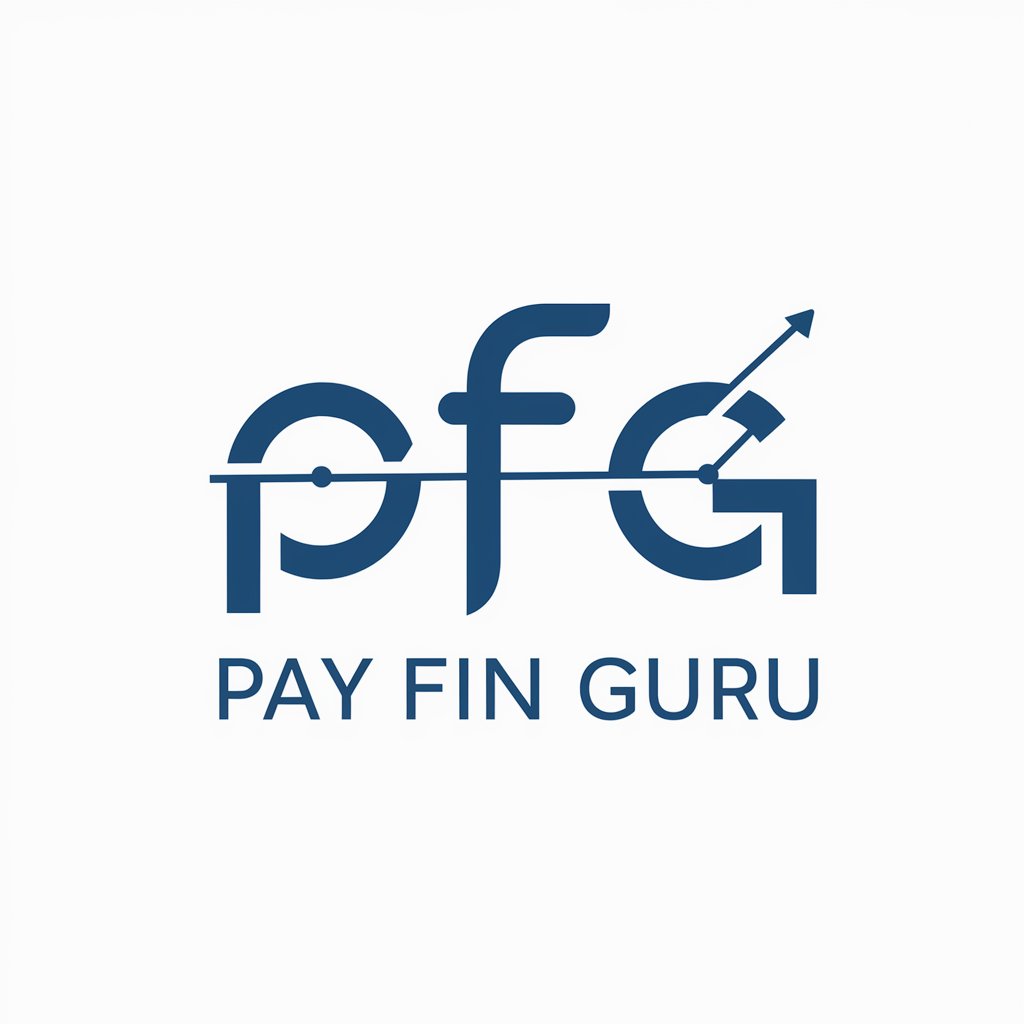
Enhanced Stat Pay Calculator
AI-Powered Payroll Insights
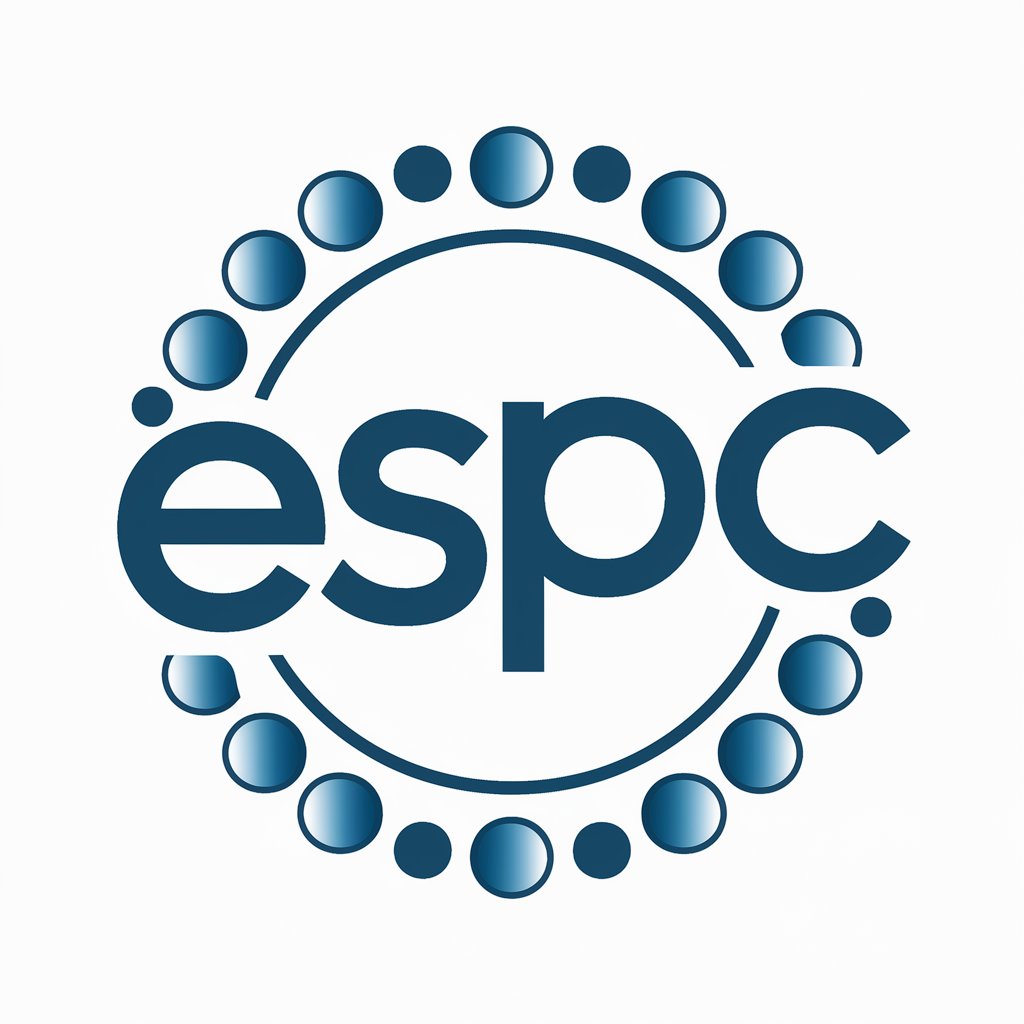
Buy Here Pay Here AI
Empowering BHPH Dealerships with AI-driven Marketing Insights

FAQs About Mushroom and Fungi Identification
What types of fungi can Mushroom and Fungi Identification help identify?
This tool assists in identifying various types of fungi, including common mushrooms, molds, and mycorrhizal species, from all over the world.
Is prior knowledge of mycology required to use this tool?
No prior knowledge is required. The tool is designed to guide users through the identification process with simple questions and prompts.
Can the tool differentiate between edible and poisonous fungi?
Yes, it provides information on whether identified fungi are typically considered edible, inedible, or poisonous, along with pertinent safety advisories.
How accurate is the fungi identification?
While highly informative, the identification should be used as a guide and verified with additional resources or expert consultation, especially for foraging or medical use.
Can this tool be used for academic purposes?
Absolutely, it serves as a valuable educational resource for students, researchers, and enthusiasts in mycology by providing detailed, scientific information about fungi.
